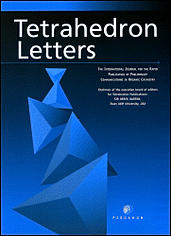
“Cannabinoids, the active components of Cannabis sativa L. and their derivatives, inhibit tumor growth in laboratory animals by inducing apoptosis of tumor cells and impairing tumor angiogenesis.
It has also been reported that these compounds inhibit tumor cell spreading.
Here, we evaluated the effect of cannabinoids on matrix metalloproteinase (MMP) expression and its effect on tumor cell invasion.
Local administration of Δ9-tetrahydrocannabinol (THC), the major active ingredient of cannabis, down-regulated MMP-2 expression in gliomas generated in mice.
This cannabinoid-induced inhibition of MMP-2 expression in gliomas.
As MMP-2 up-regulation is associated with high progression and poor prognosis of gliomas and many other tumors, MMP-2 down-regulation constitutes a new hallmark of cannabinoid antitumoral activity.
As selective CB2 receptor activation to mice has been shown to inhibit the growth and angiogenesis of gliomas, skin carcinomas and melanomas, our observations further support the possibility of finding cannabinoid-based antitumoral strategies devoid of nondesired psychotropic side effects.”
http://cancerres.aacrjournals.org/content/68/6/1945






